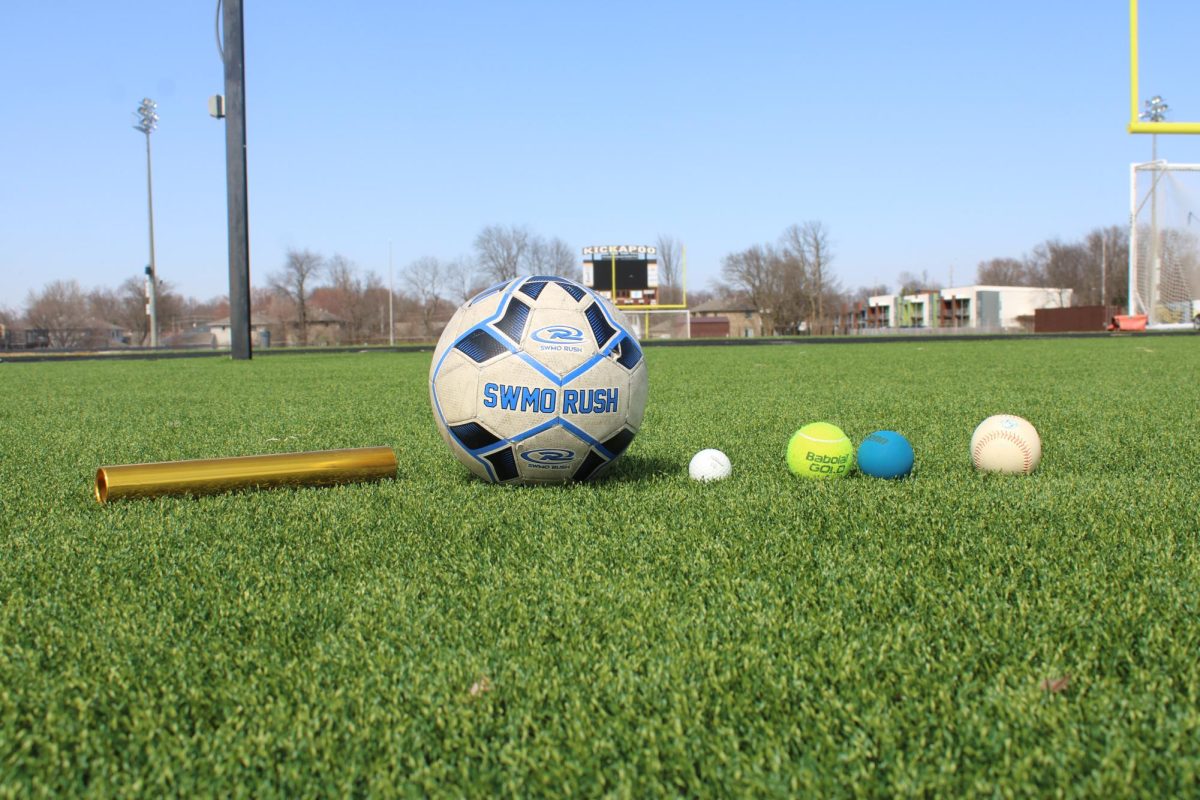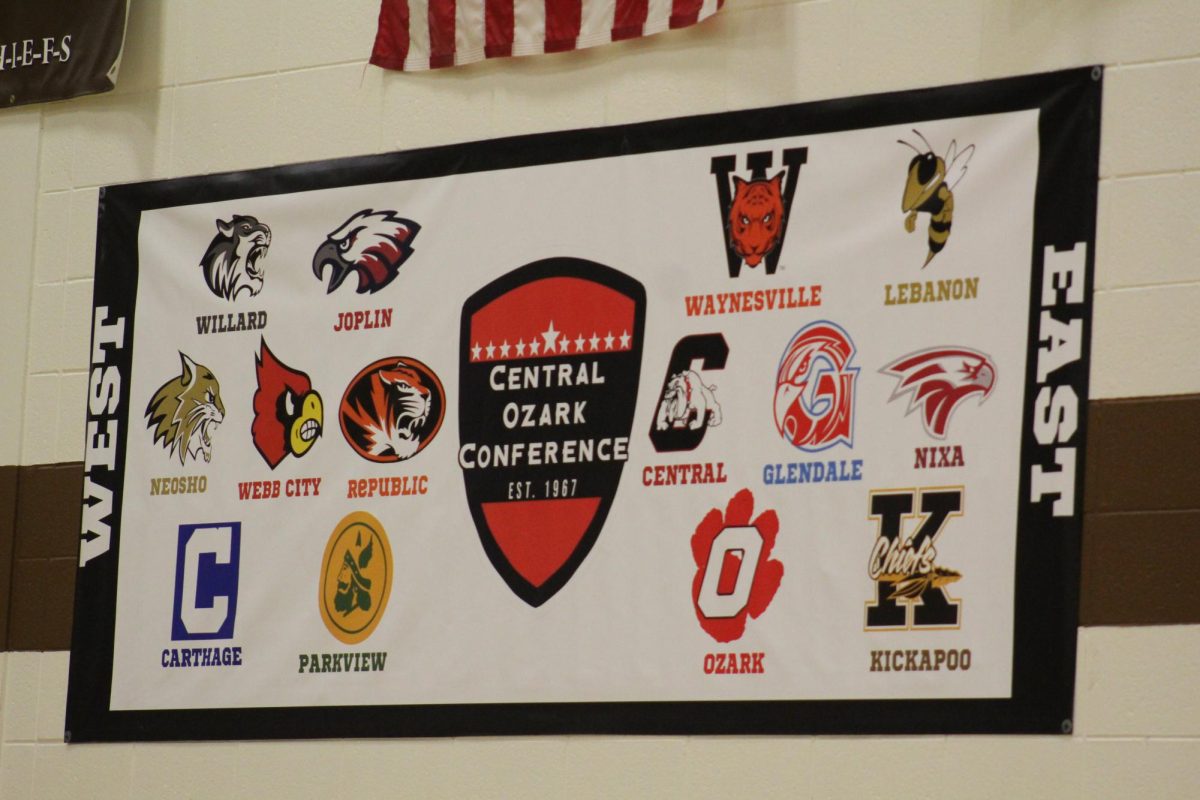Spectating a swim meet can be confusing. There are so many moving parts, loud noises, and cheers blasting in your ears, making it easy to get tripped up. Here is a simple rundown of your average swim meet.
Warm up: The warm up is the first part of a swim meet. Some swimmers prefer to come in 15 minutes before their assigned warm up starts and do an active warm up. Active warm ups consist of exercises on land to prepare the swimmer for the pool. Jumping jacks, high knees and stretches are among these exercises. Warm ups last anywhere from 20 to 45 minutes. At the national level, warm ups can last up to two hours. Swimmers can come whenever they want and swim for however long they need to feel prepared. A majority of swim meets have an assigned lane for the teams to warm up.
Set up of meets: The meet starts around 10 to 30 minutes after the warm up. This gives swimmers time to change into their racing suits and eat food. Then, a swimmer must find out what heat and lanes they are in for their events. Swim meets are set up with events depending on the distance and stroke. Most swimming pools are set up with eight lanes. Every swimmer has a heat and lane assigned to them for their event. For instance, if you are swimming the 100 yard freestyle, you are lane four and you swim in the third heat. Only six to eight swimmers can swim at a time, depending on the pool size. An event that has 48 swimmers signed up to race will have six heats. Eight lanes with six heats for 48 swimmers. Every swimmer has four events they get to swim every session. The amount of events depends on the type of meet. Big championship or invite meets have 13 events, while smaller meets vary in the amount they have. Boys and girls may practice together, but race separately.
Prelim/Final meet set up: Some meets might be set up in prelim final format. These meets are bigger, typically a championship or invite. Swimmers swim their four events in the morning, during the prelims. Their goal: swim fast enough to get into the final. Depending on the type of meet and amount of swimmers, there will be a certain number of swimmers swimming again at night during the finals. Finals can have 8-32 swimmers per event. There could be four heats in the finals, an A,B,C and D final. An A final being the fastest and D the slowest. Once the finals are completed only the top eight finishers score points for their teams. First place having the most and 8th getting the least.
Swim meets can be fast-paced and full of tight races. There will always be something to watch when you go to see them. It will be helpful to find a heat sheet in order to keep track of the event, heats and lanes of the swimmers you are watching. Once you break it down, swim meets are orderly and organized, yet stay hype and fun to watch.








